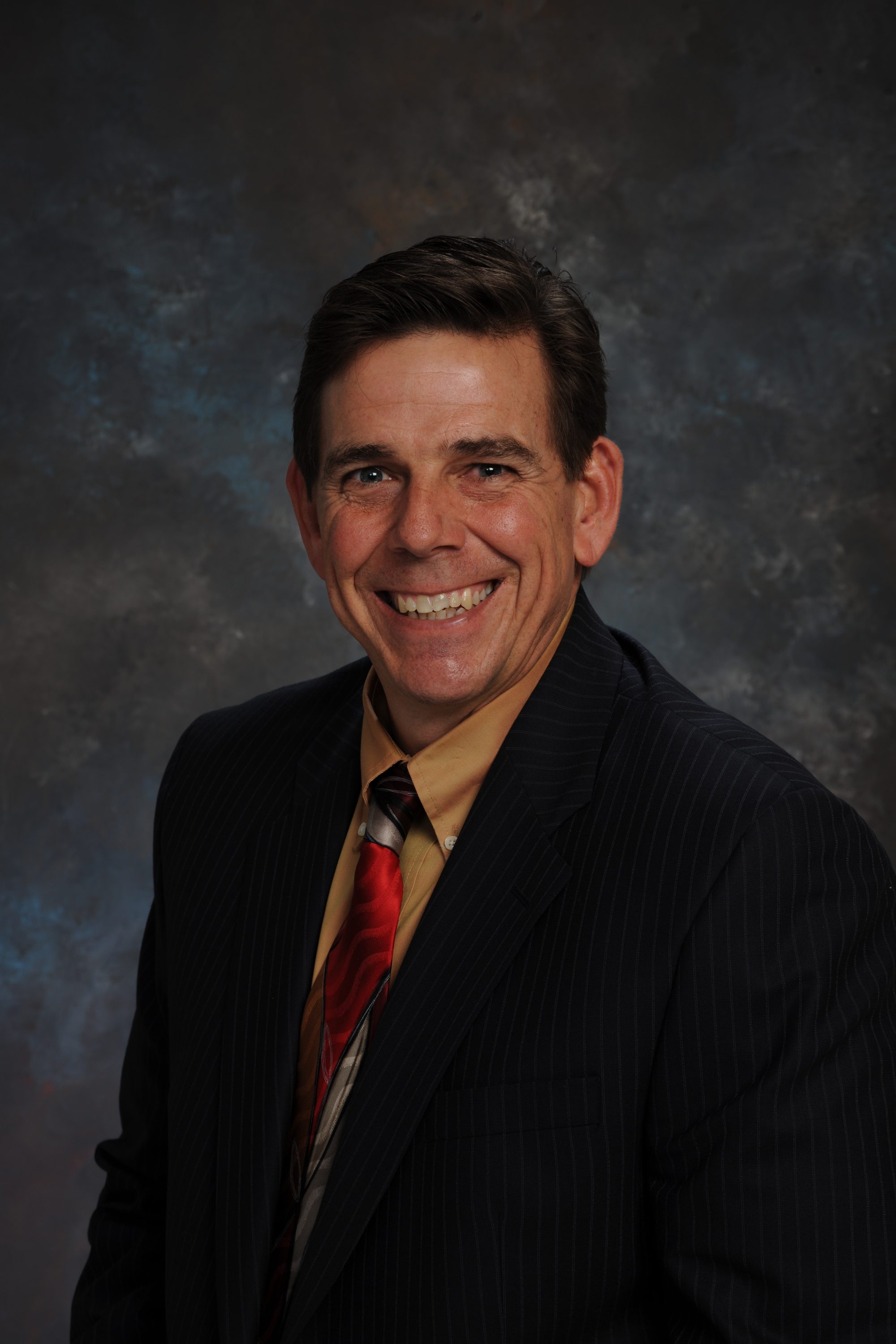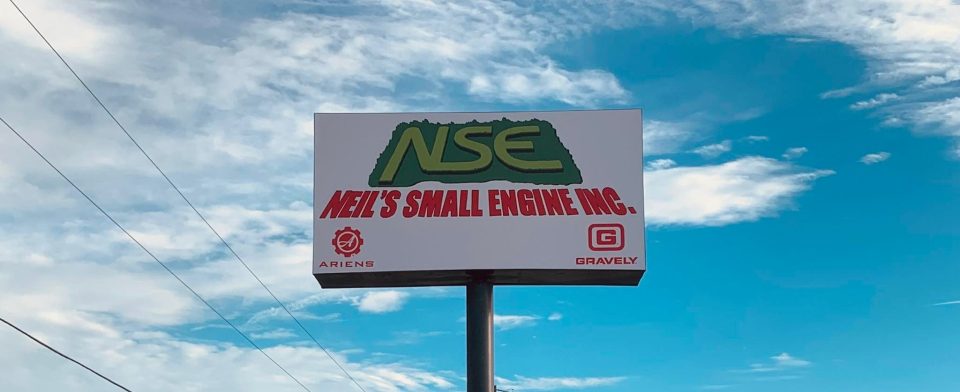
Lafourche Booking Log – Jan. 11, 2018
January 12, 2018
Quick Questions for The People In Charge | Kenneth WM. Smith, P.E., P.L.S.
January 13, 2018BY STATE REPRESENTATIVE JEROME ZERINGUE
A Morton’s Fork is a logical dilemma where someone must make a decision faced with two equally bad options. We are faced with a Morton’s Fork in how we will have to resolve the fiscal crisis of our current state budget. The Louisiana legislature is once again dealing with the decision of either making significant cuts to critical state programs or finding additional revenue to maintain them. With several current temporary taxes set to expire at the end of our current fiscal year, the legislature must address an anticipated shortfall of $1 billion dollars.
There is little appetite to extend current “temporary” taxes or raise additional taxes to generate revenue, without which will necessitate cuts to existing programs. Unfortunately, well-established dedications both constitutional and statutory severely limit options for the legislature to restructure our budget. Those restrictions limit legislator’s budget reduction opportunities primarily to healthcare and education. Considering that 75% of the state general fund is required for health care (25%), K-12 education (39%) and higher education (11%), programs which are critical to the overall wellbeing of our state, those programs also consume the greatest portion of available funding.
Louisiana has historically operated one of the most generous charity healthcare systems in the nation. In addition, Louisiana was unique among states until very recently in that our state owned and operated a system of “charity hospitals” through 2012. Even when Louisiana’s charity hospitals were state-owned and operated, nearly all of the health services delivered to the indigent and low-income populations at those facilities were financed with Medicaid dollars, just as those health services are financed today. The charity hospital system, which LSU had administered through its New Orleans and Shreveport health sciences centers, was nearly entirely privatized beginning in 2012.
Thus, comparing Louisiana to other states in our region with similar demographics is one way to determine how generous Louisiana’s indigent hospital care program is in relative terms. In State Fiscal Year 2016, which is the most recent year for which complete data is available, the average monthly number of Medicaid enrollees in Louisiana was a little over 1.6 million (approximately 35% of the state’s population). The state’s Medicaid program made a total of over 8.3 billion dollars in provider payments that year, 2.8 billion of which went to hospitals – meaning that 33.7% of this state’s Medicaid spending went to hospital care for the medically needy. During the same period, this rate was almost twice that of Arkansas, which spent approximately 17% of its Medicaid budget on hospital care, and over twice that of Mississippi, which spent roughly 15% of its Medicaid budget on hospital care. Louisiana’s average annual per-enrollee Medicaid spending on hospital care is also significantly greater than that of Arkansas or Mississippi. For 2016, the average annual Medicaid spending on hospital care per Medicaid enrollee was approximately $1,750 in Louisiana, $1,000 in Arkansas, and $1,000 in Mississippi. Further, as a proportion of its overall Medicaid spending on hospital care, Louisiana relies to a greater extent than almost any other state in the U.S. on what are called supplemental payments to hospitals. This means that on top of the Medicaid base rates that hospitals receive for the care they deliver, Louisiana provides additional payments pursuant to agreements with individual hospitals and groups of hospitals that treat a disproportionate share of low-income and uninsured patients. If Louisiana’s percentage of indigent citizens is similar to that of our neighboring states then we must seriously consider how to more efficiently operate and fund our healthcare system.
Healthcare costs continue to increase to a greater degree than any other state program. As we struggle to address our budget deficit we need to do a thorough evaluation of the long-term sustainability of these essential healthcare programs. The opinion is shared by most directly involved in healthcare delivery; the current system is broken and unsustainable. It will require the input of the many constituencies affected to address everything from access to basic healthcare, to stimulating innovation, which will improve outcomes in infant mortality and cancer. As we grapple with the Morton’s Fork of our state budget, we need to do an honest assessment of what we can and cannot afford and at what cost to other state programs. •





